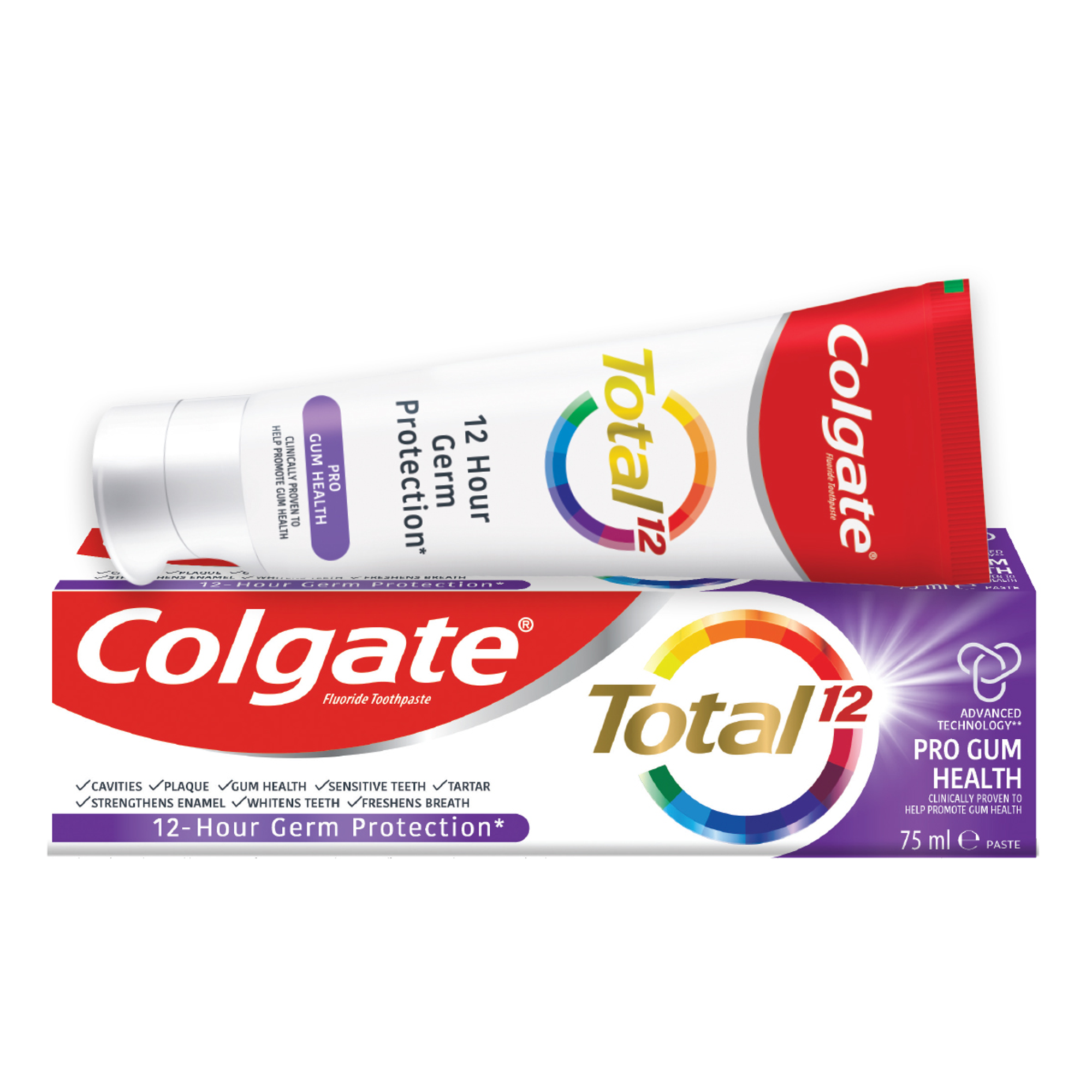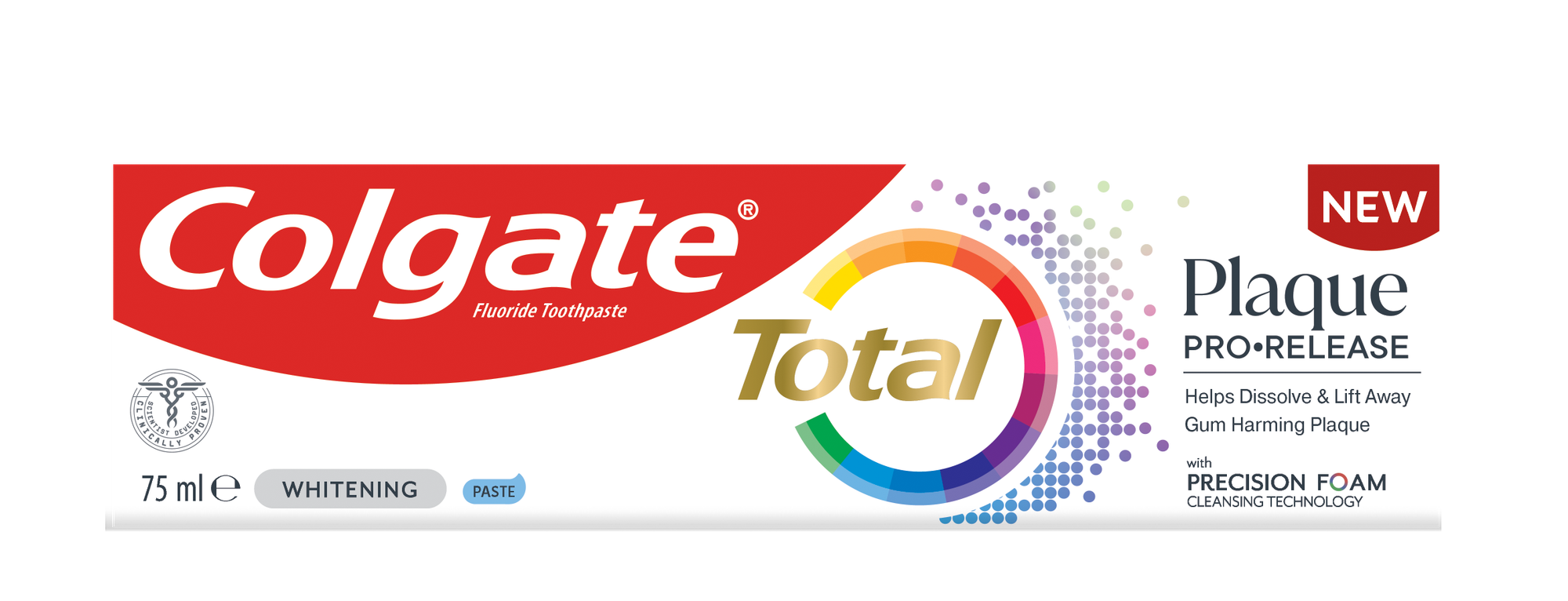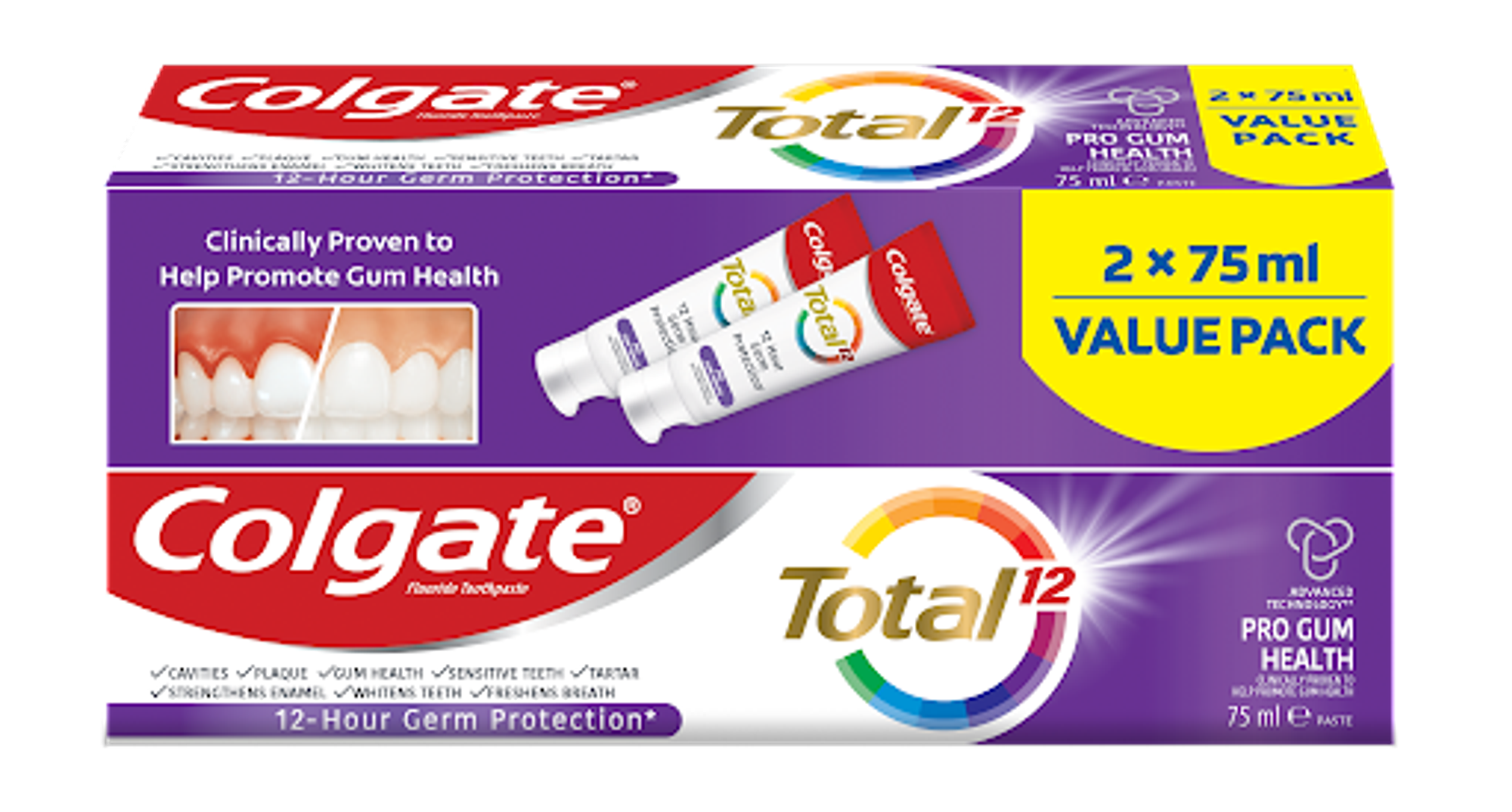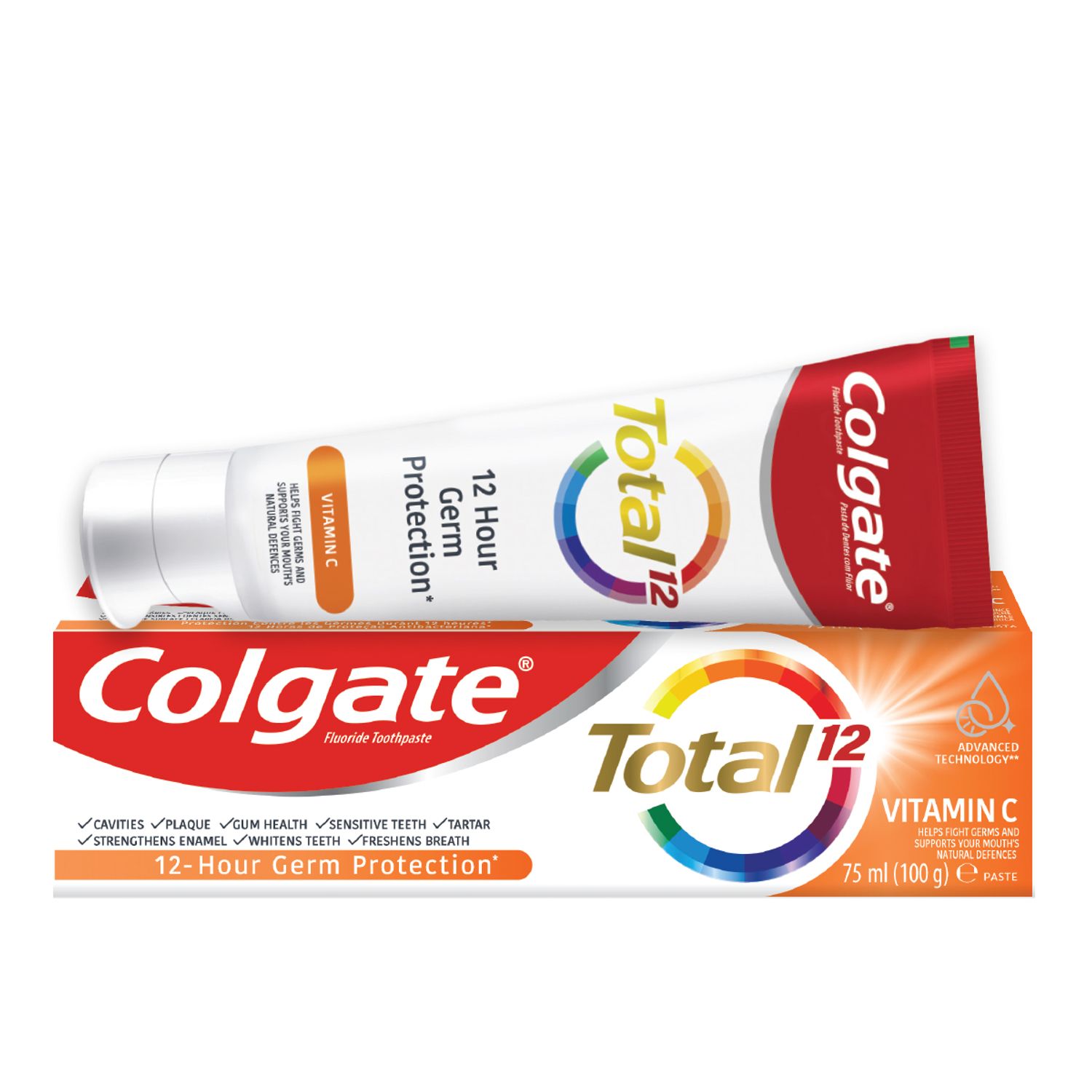Causes of Gum Recession
Periodontal (gum) disease is a common cause of gum recession.Inadequate oral hygiene, genetic makeup, hormonal changes, diabetes and other illnesses can all increase your risk of initial infection. However, the Oral Hygienists Association of South Africa (OHASA) reports that smokers are four times more likely to develop gum disease compared to someone who has never smoked. Most kinds of tobacco products can increase your risk in this way.
Other reasons for gum recession include an aggressive or improper brushing technique, the extreme force put on your teeth from grinding or clenching, and occasionally the unusual forces brought on by misaligned teeth. Also, keep in mind that tongue and lip piercings can rub and irritate the gums, wearing the gum tissue away.
Treatment for Receding Gums
When receding gums are caused by heavy tartar build-up and gum disease, the South African Dental Association (SADA) suggests a professional cleaning as a first step in stopping the recession. Also called scaling and root planing, this procedure removes plaque and tartar build-up from your teeth and root surfaces, helping your gums heal and preventing any further recession.
If your recession is more extensive, however, you may want to consider gum graft surgery – which not only repairs the wounded area, but also helps to prevent additional infection.
Types of Gum Grafts
Pittsburgh periodontist, Dr. Michael Stypula, describes the three types of gum graft surgeries performed in his practice:
- Connective-tissue grafts are the most common grafting procedure, used to treat one or more areas of recession. The tissue is taken from a flap of tissue from the roof of your mouth and then stitched over the area of exposed root.
- Free gingival grafts are similar to connective tissue grafts, although the tissue is taken from the palate directly.
- Pedicle grafts use the tissue adjacent to the tooth in need of repair.
Donated, medically processed human tissue can also be used for the grafting procedure, according to the AAP.
Benefits of Gum Grafts
In addition to stopping the process of gum recession and bone loss, gum grafts can reduce tooth sensitivity (especially to hot and cold foods) and protect the roots of your teeth from decay. Gum grafts also result in a more even gumline, giving you the benefit of smiling and speaking without self-consciousness over the appearance of your teeth.
Good Oral Care for Prevention
Keeping your teeth clean and gums healthy is key in preventing gum recession. Brush your teeth thoroughly twice a day with a soft-bristled brush, using the correct tooth brushing technique. And don't forget: Flossing daily cleans away the germs and plaque that hide between your teeth. For even more protection, consider an antimicrobial mouthwash to help fight germs quickly during the day.
Your dentist or dental hygienist may be the first to notice an area of gum recession while examining your teeth, and a professional cleaning can remove the tartar that your toothbrush can't clean off. So, be diligent about scheduling your regular examination and cleaning appointments.
If you grind your teeth at night, ask your dentist about a mouthguard to help break the habit, and discuss tooth-straightening options for any misaligned teeth. Ultimately, keeping watch for the early signs of gum disease – such as red, swollen gums that bleed easily, or persistent bad breath – will help you catch the infection before it requires professional care.
Preventing gum recession is much easier and less costly than treatment for receding gums. So, if you have been lacking a home care routine or recent dental appointment, ramp it up! And call your dentist at the first sign of periodontal trouble.














